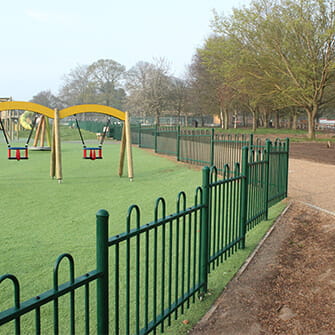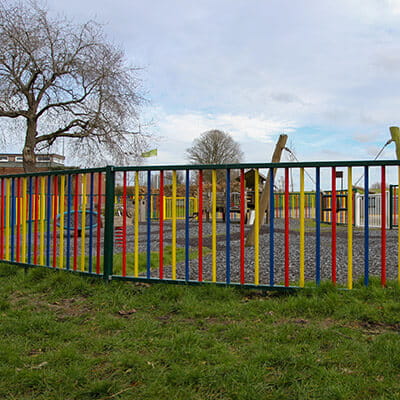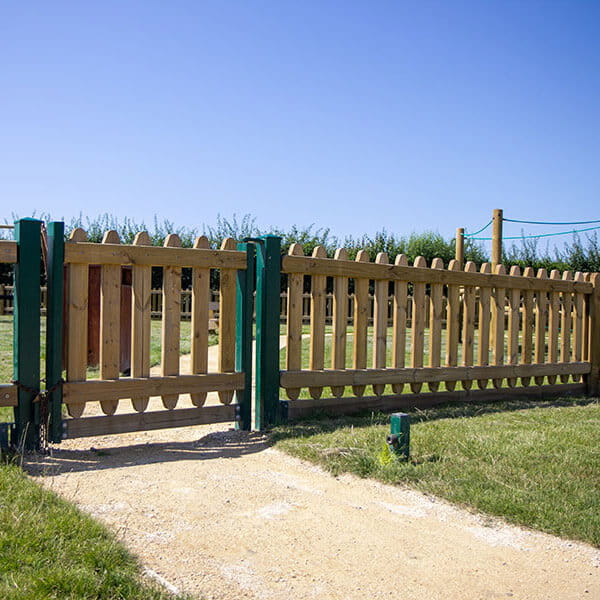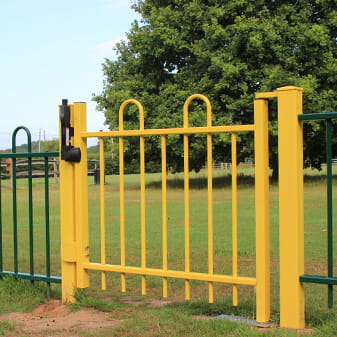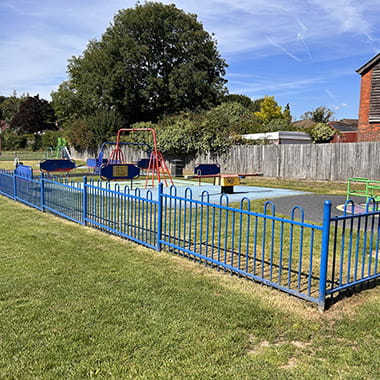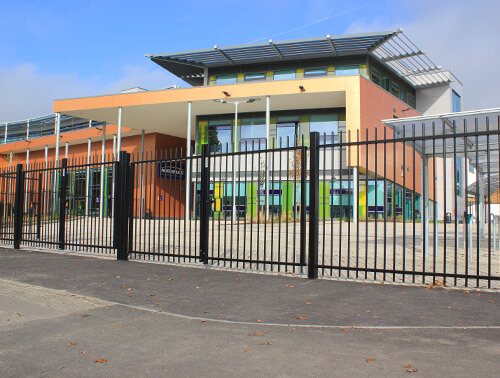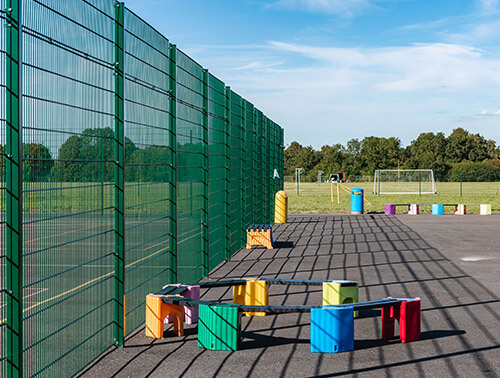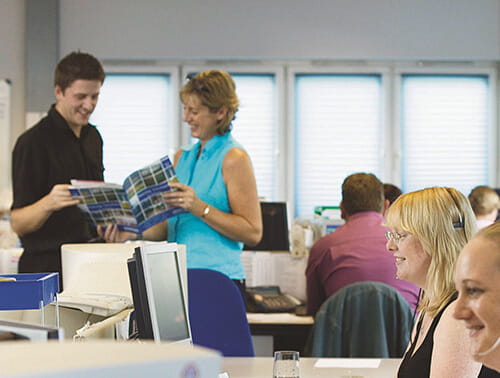Our other sites:
The importance of playgrounds shouldn’t be underestimated. They are key places where children develop physically, emotionally and psychologically; spaces where they can learn social skills and express their creativity – all through play. According to the Association of Play Industries (API), playgrounds can help tackle childhood obesity, mental health and sleep problems.
Playgrounds are therefore invaluable areas that require careful planning and design so that children can be safe to play and develop. However, much greater effort is required from local authorities, designers and specifiers to reduce the estimated 40,000 annual injuries to children in playgrounds. In particular, fencing and gates simply need to be installed to meet the required standards.
Meeting the standard for playgrounds
In a study of playgrounds in and around Kent, we found that few of the fencing or gates installed would comply with BS EN 1176 - the British and European Standard for playground equipment and surfacing. Nor would they pass an independent inspection by the Royal Society for the Prevention of Accidents (RoSPA).
BS EN 1176 is published in seven parts, but here are the key considerations relating to playground fencing requirements:
Fencing
Gates
The BS EN 1176 standard is not a legal requirement in the UK but Local Authorities who can demonstrate their legal duty of care through compliance would find themselves better placed in the unfortunate event of an accident claim.
Key legislation and liability
It’s important to know about the legal aspects of safety on children’s play areas. There are three key pieces of legislation:
Health and Safety at Work (1974)
This is the major legislation covering playgrounds. There is a duty under Sections 3 and 4 to ensure the health and safety of users, so far as is reasonably practicable. The Health and Safety Executive looks for a system-led approach to safety and for playgrounds to meet relevant standards.
Occupiers Liability Act (1957, revised 1984)
This Act requires that people can expect to be reasonably safe when using playgrounds; furthermore, greater care is required when children are concerned. There is a limited duty of care to trespassers.
Management of Health and Safety at Work Regulations (1999)
This requires a risk assessment of facilities, a safety policy for meeting the risks, and appropriate training.
Related blogs and case studies
Related products
Jacksons Security has a range of products relating to this article, all complete with our 25 year service life guarantee. If you cannot find the item you are looking for, please do not hesitate to call our friendly sales team.
Related Content
Top
